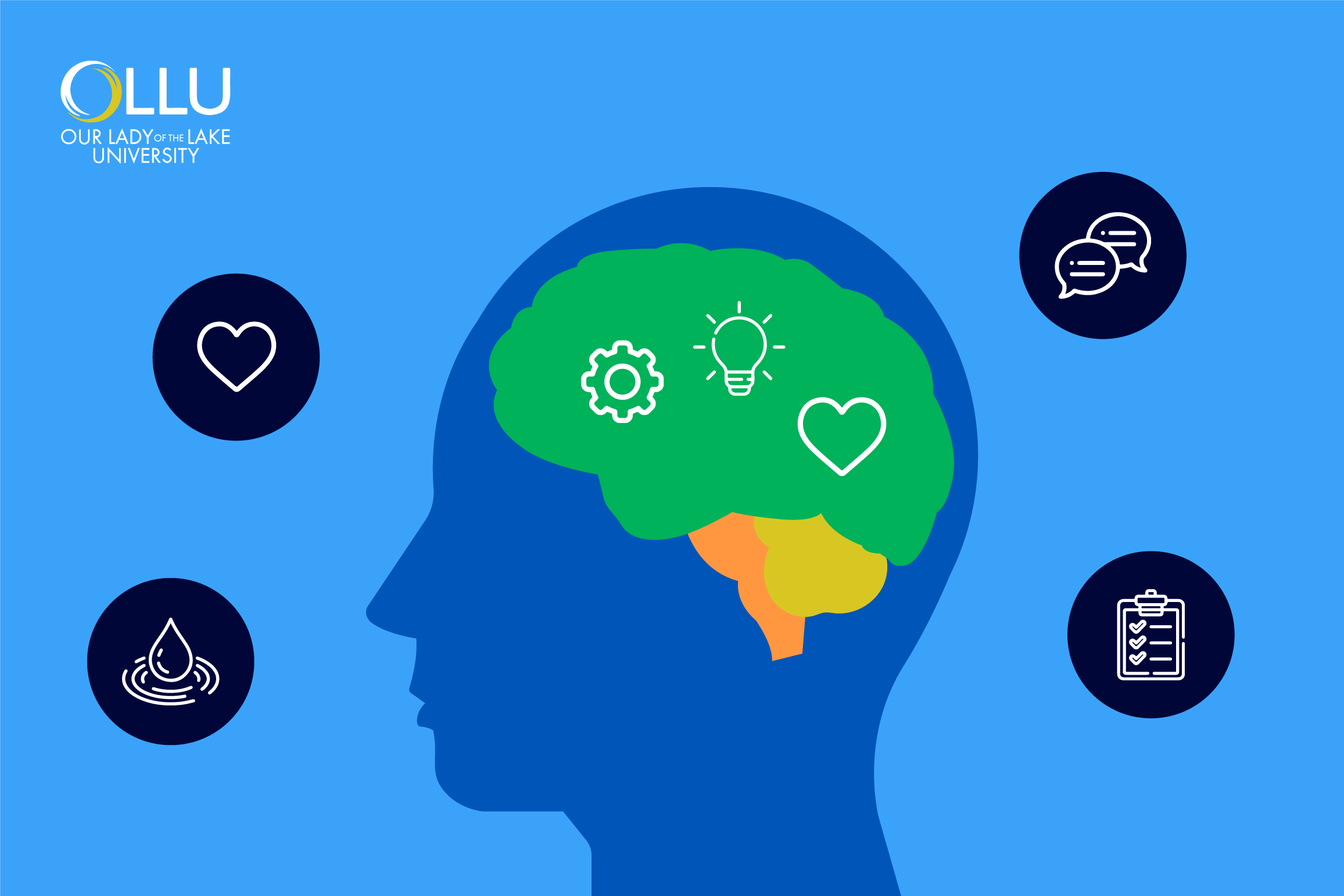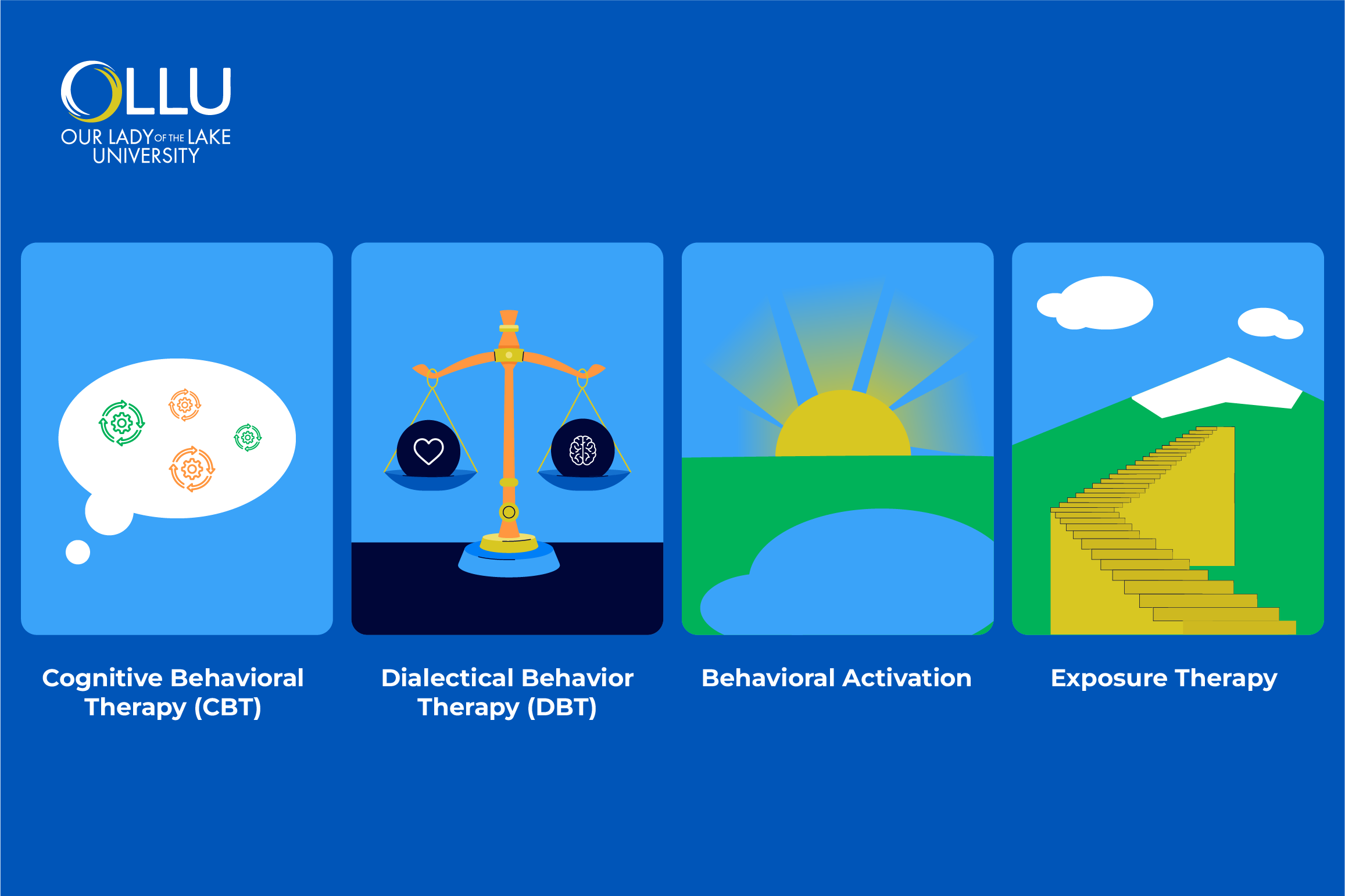What Is Behavioral Therapy? How It Can Help You Today
Sep 20, 2024

Behavioral therapy is a systematic approach to mental health care that assists patients in altering negative thought and behavior patterns, improving their emotional wellness. By emphasizing practical methods, it can help with several problems, including stress management, depression, and anxiety.
Imagine being caught in a vicious cycle of worry, anxiety, or unbreakable habits that affect your relationships, daily life, or productivity at work.
Mental health challenges like these are becoming more and more common, and finding the right type of support is more important than ever. Behavioral therapy, a science-backed approach to treating mental health issues, offers practical tools to help people understand and manage their emotions and behaviors.
Whether you're a student facing academic pressures, a professional navigating workplace stress, or someone keen on understanding mental wellness, behavioral therapy provides valuable strategies to build a healthier mind. In this blog, we'll explore the core principles of behavioral therapy, its various techniques, and how it can effectively address specific conditions, empowering you with insights that could make a difference today.
What Is Behavioral Therapy?
Behavioral therapy is used as an umbrella term to refer to the different types of therapy used to treat mental health disorders. This type of therapy is based on the idea that all behaviors are learned and, therefore, can be changed/unlearned.
Behavioral therapy helps patients identify and change potentially self-destructive or unhealthy behaviors. The treatment focuses on current problems and ways to fix them.
Behavioral therapy is beneficial for a wide range of mental disorders, such as:
- Anxiety;
- Depression;
- Panic disorders;
- Anger-related disorders like intermittent explosive disorder;
- Eating disorders (ED);
- Post-traumatic stress disorder;
- Bipolar disorder;
- Attention deficit hyperactivity disorder (ADHD);
- Obsessive-compulsive disorder (OCD);
- Substance use disorders;
- Phobias, etc.
Types of Behavioral Therapy

The main types of behavioral therapy include:
- Cognitive behavioral therapy (CBT): focuses on changing negative thought patterns and behaviors;
- Dialectical behavior therapy (DBT): combines cognitive techniques with mindfulness and emotional regulation;
- Behavioral activation: encourages engagement in positive activities to improve mood and decrease avoidance;
- Exposure therapy: helps patients face their fears in a controlled way to reduce anxiety.
Let’s explore each of these types in greater detail.
Cognitive behavioral therapy (CBT)
The systematic, research-based treatment known as cognitive behavioral therapy (CBT) aims at recognizing and changing the harmful thinking and behavior patterns that fuel emotional distress. Working closely with a therapist enables individuals to recognize harmful thinking, challenge distorted beliefs, and replace them with healthier, constructive thoughts.
CBT is widely used to treat conditions such as anxiety, depression, PTSD, and obsessive-compulsive disorder, helping individuals develop coping strategies that foster resilience and improve overall mental well-being.
Dialectical behavior therapy (DBT)
A specialized type of therapy designed especially for people with strong emotions and impulsive behaviors, dialectical behavior therapy (DBT) blends acceptance-based methods with change-oriented tactics.
By emphasizing abilities like mindfulness, emotional regulation, distress tolerance, and interpersonal effectiveness, DBT — which was first created for borderline personality disorder — now helps people with eating disorders, PTSD, and substance use disorders.
By teaching these skills, DBT has changed people's lives by encouraging a healthy way to deal with challenging emotions, giving them hope, and enabling them to develop resilience and long-lasting change.
Behavioral activation
Behavioral activation is an effective therapeutic approach, used especially for treating depression, as it focuses on increasing engagement in meaningful and rewarding activities to counteract the cycle of withdrawal and inactivity. In order to boost mood and lessen depression symptoms, behavioral activation encourages people to engage in constructive activities.
This approach reconnects individuals with hobbies, social engagements, and daily routines, ultimately fostering a sense of purpose and joy that counteracts the lethargy and negativity often associated with depression.
Exposure therapy
Exposure therapy is a highly effective treatment designed to help individuals confront their fears by gradually exposing them to the source of anxiety in a safe and controlled manner. This process works by helping individuals build confidence in their ability to manage discomfort, reducing avoidance and allowing them to experience situations with greater ease.
Exposure Therapy is commonly used for conditions such as phobias, OCD, PTSD, and social anxiety, empowering individuals to reclaim areas of their lives that were previously limited by fear.
How Does Behavioral Therapy Work?
Now that we know what behavioral therapy is and what the main types are, it's time to dive into how it actually works. Below is a concise look into how the therapeutic approach works:
- Assessment and goal setting: The initial sessions are all about assessing the patient's concerns, helping them identify triggers, and setting clear and measurable goals. For example, the goals for Sarah, who has social anxiety, might be to gradually engage in social situations and reduce her avoidance behavior.
- Psychoeducation: Next, Sarah learns how her avoidant behaviors actually increase her social anxiety and that gradual exposure can help her gain control over her fear of being in a social environment.
- Techniques and interventions: Then, it's time to move on to more specific techniques, such as:
- Exposure therapy: Sarah starts exposing herself to small social interactions, including virtual reality, and building up from there. Over time, she will gain confidence which will decrease her anxiety.
- Behavioral activation: Patients who suffer from depression might benefit from engaging in rewarding activities, then gradually increasing positive reinforcement and motivation.
- Cognitive reconstruction: During this stage of treatment, Sarah learns to challenge her irrational thoughts and replace them with more balanced beliefs.
- Real-world application and maintenance: Now, Sarah can apply what she learned in therapy in real-world situations while tracking her progress to ensure long-term success. For maintenance, patients use follow-up plans and relapse-prevention strategies.
Applications of Behavioral Therapy
Behavioral therapy is a flexible treatment method and as such is used across various contexts, including educational settings, hospitals, and private therapy practices. This versatility allows it to effectively target different populations and address a range of psychological issues.
Educational settings: Behavioral therapy is frequently applied in schools to address children's and teenagers' behavioral issues. Behavioral therapists use approaches such as Positive Behavioral Interventions and Supports (PBIS) to promote positive behaviors and reduce negative ones. Lastly, school counselors use behavioral strategies to help students who are struggling with social issues, anxiety, or depression.
Healthcare settings: Behavioral therapy is frequently included in hospital treatment programs for patients with mental health disorders, substance use disorders, and chronic illnesses. Particularly common in these contexts is cognitive-behavioral therapy (CBT), which helps patients manage their pain, reduce anxiety associated with medical procedures, and improve adherence to treatment. Another method used in patient care is behavioral activation, which is especially helpful for patients with depression since it encourages participation in enjoyable activities to improve mood.
Private therapy practices: The most well-known settings for providing behavioral treatment are private therapy practices. Licensed therapists in these settings modify their methods to suit the needs of each client.
Benefits of Behavioral Therapy
Behavioral therapy, particularly cognitive-behavioral therapy (CBT), is very beneficial for various mental health conditions, including:
- Anxiety Disorders:
- Symptom reduction: Uses exposure techniques to reduce anxiety;
- Skill development: Offers useful coping mechanisms;
- Long-term resilience: Gives them what they need to avoid relapse.
- Depression:
- Mood improvement: Modifies pessimistic thinking;
- Increased engagement: Encourages participation in enjoyable activities;
- Enhanced self-esteem: Builds a positive self-image through cognitive restructuring.
- Post-Traumatic Stress Disorder (PTSD):
- Trauma processing: Facilitates the processing of traumatic experiences;
- Flashback reduction: Reduces intrusive thoughts and flashbacks;
- Stress management: Provides coping mechanisms for trauma reminders.
- Obsessive-Compulsive Disorder (OCD)
- Behavior modification: Reduces compulsive behaviors through exposure and response prevention;
- Cognitive restructuring: Challenges OCD-related illogical ideas.
- Eating Disorders
- Healthy habits: Targets unhealthy eating habits;
- Body image improvement: Promotes a positive self-image.
Behavioral therapy has a profound overall impact on quality of life. It enhances well-being by improving emotional regulation and equipping individuals with effective coping skills. As a result, patients often experience increased satisfaction, leading to greater fulfillment and happiness. Additionally, the therapy promotes stronger relationships by fostering better communication and social skills, which in turn contribute to healthier interpersonal connections.
How to Get Started in Behavioral Therapy

If you're passionate about helping others improve their mental well-being, becoming a behavioral therapist could be your calling. Below, you'll find the essential steps to becoming a behavioral therapist:
- Earn a Bachelor's degree: Start by obtaining a degree in psychology, social work, or a related field. This foundational education will equip you with essential knowledge about mental health principles.
- Complete a Master's program: Next, pursue a master's degree in psychology, counseling, or social work. Seek out programs that offer specialized training in behavioral therapy techniques, as this will deepen your expertise.
- Obtain relevant certifications: Once you have your Master's degree, it's time to pursue certification from reputable organizations like the National Board for Certified Counselors (NBCC) or the American Psychological Association (APA). Having these credentials will validate your skills and enhance your job prospects.
How to Find a Behavioral Therapist
For your journey toward mental wellness, choosing the right behavioral therapist is crucial. Follow these crucial steps to find the right fit for you:
- Identify your needs: Determine specific issues you want to address, such as anxiety or depression;
- Check credentials: Look for licensed therapists with relevant certifications, like those from the NBCC or APA;
- Seek recommendations: Ask friends, family, or healthcare professionals for trusted referrals;
- Use online directories: Explore platforms like Psychology Today or TherapyDen to find local therapists;
- Interview candidates: Ask important questions, such as:
- What is your approach to therapy?
- Have you worked with similar issues?
- What are your fees, and do you accept insurance?
- Assess compatibility: Schedule a session to ensure you feel comfortable with the therapist's style.
Conclusion
To sum up, behavioral therapy offers an effective, research-based method of treating mental health conditions like PTSD, depression, and anxiety. If you or someone you know is struggling, consider exploring behavioral therapy as a supportive option. For more information, check out resources from the American Psychological Association and Psychology Today. Remember, the journey to mental wellness is attainable, and the positive outcomes of behavioral therapy can lead to healthier, more fulfilling lives. Embrace the hope of transformation and take the first step toward healing today.
Get ready for a rewarding career in mental health with Our Lady of the Lake University’s programs: Bachelor of Arts in Psychology, Bachelor of Social Work, Master’s in Social Work, and Doctor of Psychology (PsyD). Start making a meaningful impact — explore these programs at OLLU today!
FAQ
What do you do in behavior therapy?
In behavioral therapy, you embark on a journey of self-discovery by working with a therapist to identify and change harmful behaviors and thought patterns. Techniques utilized during this type of therapy are exposure therapy, cognitive restructuring, and positive reinforcement.
How does behavioral therapy help bipolar disorder?
Behavioral therapy helps people with bipolar disorder by teaching coping skills, improving emotional regulation, and managing symptoms, ultimately helping to decrease the frequency and intensity of mood swings.